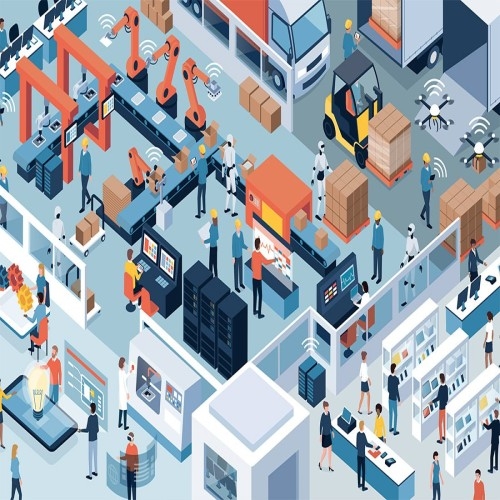IoT in Manufacturing: How IoT is Transforming Manufacturing Processes

IoT for Predictive Equipment Maintenance
Vibration, temperature and noise sensors attached to industrial machines continuously transmit operating data via IoT networks. Specialized analytics software monitors this equipment health data for patterns indicating impending maintenance needs or component failures. By predicting issues before they cause downtime, manufacturers reduce unplanned outages and expensive emergency repairs. Machine learning algorithms also help maintenance staff pinpoint the root cause of performance degradations more quickly. Over time, asset performance data enables preventative replacement of worn parts before critical failures occur. This predictive strategy keeps production lines running reliably with minimal disruptions.
Boosting Product Quality with Process Monitoring
IoT in Manufacturing sensors provide real-time visibility into production processes to help manufacturers meet strict quality standards. Thermometers, pressure gauges and inline inspection tools networked to data platforms capture variances from optimal settings. Factory supervisors and quality engineers receive alerts when process parameters exceed tolerance thresholds. They can pause assembly lines to fix calibration issues or component defects before nonconforming products impact yields. Advanced analytics also identify subtle quality trends not visible to human inspection. With early problem detection, factories correct quality issues sooner to reduce waste and rework costs. IoT process monitoring delivers continuous improvements in manufacture consistency and finished goods reliability.
Enhancing Workplace Safety with Wearables
Wearable tech like smart glasses provide hands-free access to work instructions, safety checklists and emergency response procedures for factory workers. Integration with IoT sensor networks gives managers increased visibility into worker locations, tasks and environmental conditions. If a gas leak or dangerous machine malfunction occurs, sensors immediately notify managers and guide nearby employees to safe areas via their smartglasses. Advanced medical bots can even monitor workers’ vital signs to detect potential health issues requiring medical aid. The resulting safer working conditions reduce accident rates and protect human lives on production floors.
Optimizing Energy Usage with Intelligent Controls
Linking building management systems and industrial equipment to IoT platforms allows remote monitoring and control of energy consumption. Analytics identify waste and inefficiencies across lighting, HVAC, motors and other power-hungry systems. Operators receive actionable insights to optimize settings like motor speeds or boiler temperatures during low production periods. Intelligent control using real-time sensor data also helps manufacturers maximize use of renewable energy sources like solar panels. Factories coordinate energy-heavy processes to take advantage of peaks in solar or wind generation. Overall, IoT in Manufacturing enabled energy management delivers significant cost savings while lowering facilities' carbon footprint.
Get more insights on Iot In Manufacturing
- Industry
- Art
- Causes
- Crafts
- Dance
- Drinks
- Film
- Fitness
- Food
- Games
- Gardening
- Health
- Home
- Literature
- Music
- Networking
- Other
- Party
- Religion
- Shopping
- Sports
- Theater
- Wellness
- News


